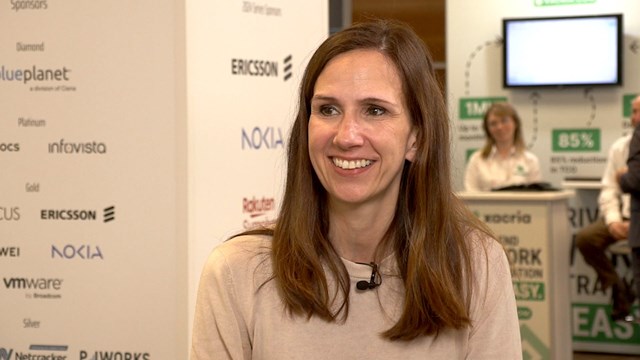
© Flickr/cc-licence/Loco Steve
Connected transport is not all about cars, although you could be forgiven for thinking so. In the past few days we’ve had the CEO of General Motors announce that it will launch its first V2V (vehicle to vehicle) car with automated driving technology in about two years time, and then the Chairman of Ford warned that connected technology “freaks some people out” and that they must be allowed to opt-in to the services.
So news that Cisco is promoting the connected railways (or railroads, depending on where you live) is a welcome addition to the connected society agenda.
Cisco projects a $27bn market opportunity over the next 15 years for the rail industry through increased passenger, economic and safety benefits. As such, it is promoting its Connected Transportation Solutions as part of its push into IoT (or Internet of Everything, as Cisco calls it).
There are four elements to its solution: station, trackside, train and train control. All run on a standards-based IP network and feature a combination of wi-fi, GPS, sensors and video technology. For passengers, the idea is that when they arrive at a station they can connect their mobile devices to a single Wi-Fi network and stay on that for the entire duration of their journey – no more switching networks or having to rely on the uncertainties of high-speed cellular hand-off.
There’s also a strong safety aspect. The US Federal Railroad Association reports that human error accounts for almost two-thirds of all rail-related accidents. Cisco says its ‘positive train control’ system can determine the train's location and speed, and augment the safety measures set by the train operator or engineer. If warnings are ignored or cannot be performed, the system will automatically apply the brakes to slow down or stop the train. Railways outside of the US can use this same technology to ensure that they comply with their country's specific safety requirements.
“We are just starting to see the advantages of a connected rail system, with positive impacts for both operators and travellers becoming more evident,” said Norman Mineta, former United States Secretary of Transportation. “Innovative positive train control technologies are key to ensure these advancements continue.”
The connected car
Addressing the 21st annual Congress of the Intelligent Transport Society last Sunday, GM CEO Mary Barra said that: “we have to be passionate and fearless advocates for safety technologies like vehicle-to-vehicle communication, vehicle-to-infrastructure communication, and ultimately, fully autonomous driving.”
“No other suite of technologies offers so much potential for good,” she added. “We are not doing anything for the sake of the technology itself; we're doing it because it's what customers around the world want.”
In contrast, Bill Ford, executive chairman of Ford Motors, told the audience that: “a lot of this really cool technology kind of freaks some people out,” and that “opting in is important so people do have that comfort.”
Both GM and Ford are partnering with the Michigan Department of Transportation (MDOT) and the University of Michigan to deploy vehicle-to-infrastructure (V2I) communication corridors on more than 120 miles of roads around the motor city of Detroit.
"At MDOT, our goal is zero deaths on the road system," said Michigan State Transportation Director Kirk Steudle. "Establishing this corridor capitalizes on a tremendous public-private partnership, and will allow us to test ways for vehicles to communicate with the infrastructure and with other vehicles to prevent many crashes, ultimately saving thousands of lives.”
GM and Ford have been working with MDOT to accelerate implementation of connected vehicle technology in order to enhance driver safety. MDOT will install a network of sensors and cameras that can collect data to be communicated to V2V and V2I-enabled vehicles. An earlier pilot in 2012 in Ann Arbor featured 3,000 vehicles equipped with V2V technology, but it is hoped that 9,000 vehicles will be enabled for this new trial.
"Ford is committed to V2V research and the implementation of connected transportation systems, [but] no one organization can do this alone,” said Mike Shulman, Technical Leader for Research and Innovation at Ford. "By seamlessly connecting cars we hope to reduce crashes and congestion, which will save time, conserve resources and keep drivers safer."
Email Newsletters
Sign up to receive TelecomTV's top news and videos, plus exclusive subscriber-only content direct to your inbox.




